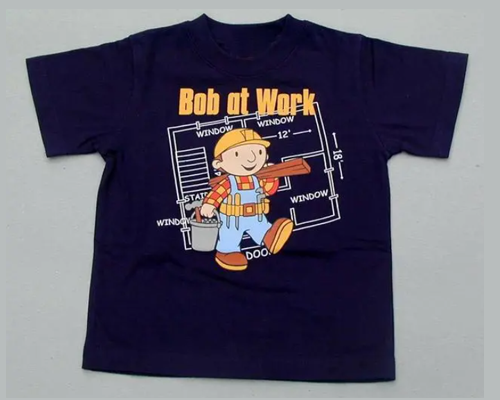Contact Us
Address: B305, Art and Creative Park, No. 29 Yingzhou Road, Haizhu District, Guangzhou City
qq: 1011019431
Email: akugecom@qq.com
WeChat:akugecom
Website: www.akuge.com

T-shirt printing technology: reflective printing, transfer printing, hand drawing, imitation hot stamping printing, embroidery, hot stamping, 3D thick plate, thermal sublimation, water paste printing technology, hot stamping printing technology.
Reflective printing
Special reflective material glass microbeads are added to the ink resin and printed directly on various colored T-shirt fabrics through screen printing. In areas with insufficient sunlight or at night, it can provide warning effects through its own luminescence and reflection of external light sources, making it suitable for printing fabrics with various fibers.
transfer printing
One of the textile printing methods, which originated in the late 1960s, is a printing method that first prints a certain dye on paper and other materials, and then uses hot pressing and other methods to transfer the pattern to the fabric. It is mostly used for printing chemical fiber knitwear and clothing.
Hand drawn
It is both a spokesperson for fashion personality, making people like it at first sight. It cannot be ugly or disharmonious. Pre designed patterns can be used by beginners to draw sketches on paper with a pencil, paying attention to the overall layout of the patterns. Once satisfied, it can be applied to clothing.
Imitation hot stamping paste printing
It is printing a substance similar to the sparkling light of pearls on fabric, and under sunlight or strong light, it emits a pearl like luster, embellishing a dazzling print pattern.
embroidery
It is a general term for various decorative patterns embroidered on fabrics with needles and thread. Embroidery is divided into two types: silk thread embroidery and feather embroidery.
Hot stamping
It is also one of the commonly used printing methods for T-shirts. The pattern is pre printed on specialized transfer paper, and then printed on the clothes using a high-temperature hot stamping machine. The advantage of hot stamping is that it can print the desired pattern and color freely. Multi color and gradient can be well expressed, but the disadvantage is that the breathability is slightly poor. For pattern designs with gradient or luminous texture boundaries, it cannot be expressed.
3D thick plate
Thick plate printing uses water-based thick plates, combined with high mesh size and high tension screen printing. Through multiple repeated printing, the printing thickness is increased, with clear edges and corners, which is more three-dimensional than traditional rounded thick plates.
Thermal sublimation
Heat sublimation and hot stamping are both types of heat transfer printing processes. First, the applicable dyes are made into ink, then printed into flower paper. Then, the flower paper is overlapped with the fabric and heated, pressurized, or depressurized. The dye on the paper is sublimated and transferred to the fabric in a gas-phase state. The advantage is that it can freely express patterns and colors, and can be fully heat sublimated for printing. It is also a fuel that directly vaporizes onto the fabric, I won't feel any impact of printing on the fabric, but the downside is that this technology can only be applied to fabrics with a polyester content of over 85%. Pure cotton T-shirts cannot use this printing method.
Water paste printing process
This is the oldest printing process, and water paste is somewhat similar to the pigments we usually use in painting. The method of brushing teeth is also easy to understand. The water paste is printed on clothes through a hollow grid on the printing plate pattern, without patterns, there is no hollowing. The drawback of the pulp printing process is that only one color can be printed at a time, and a pattern needs to be printed once. The marginal cost of water paste printing is relatively low, and it has good breathability.
Hot stamping printing process
The hot stamping printing process, also known as the heat transfer printing process, uses transfer paper as a pigment, and the printing process is to transfer the image

